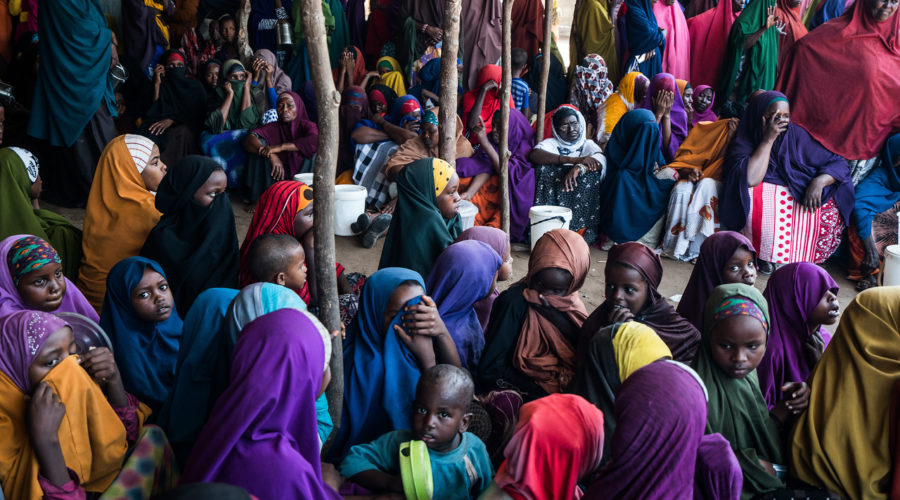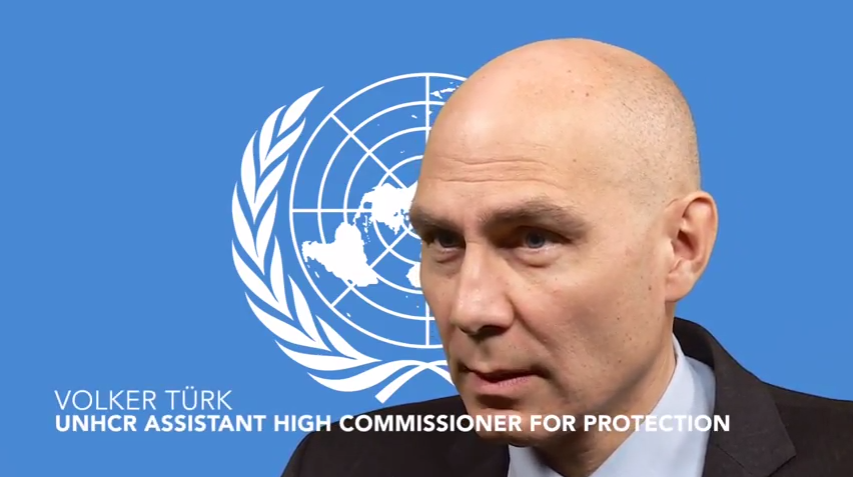Humanitarian Coordinators and Humanitarian Country Teams are responsible for ensuring that protection is at the heart of humanitarian response. This expectation is reflected in the IASC Principals Statement on the centrality of protection in humanitarian action from December 2013. However, many Humanitarian Country Teams still do not have a protection strategy. Additionally, there is still confusion over how the role of the Humanitarian Coordinator differs from the Humanitarian Country Team and the Protection Cluster, and what actions are expected of each of them to enhance protection practices. How can they capitalise on the complementary roles of Humanitarian Country Team members, the Protection Cluster, and Inter-Cluster Coordination Group?
Some practical steps for senior humanitarian leaders to take forward the key leadership responsibilities on protection include:
- Requesting a few members of the Humanitarian Country Team – possibly the protection cluster lead agency (UNHCR), one NGO and one UN agency – to develop a short (2 pages) Humanitarian Country Team Protection Strategy that prioritises the 2 or 3 most critical protection concerns. The strategy needs to derive from the protection cluster (including sub-clusters) analysis of vulnerabilities and to focus on the leadership role Humanitarian Coordinator/Humanitarian Country Team members can play to advance the issues.
- Establishing protection as a standing item on the Humanitarian Country Team agenda where the agency lead for Protection presents aCritical Protection Issues (CPI) Note linked to the 2 or 3 critical protection concerns. The Note can be prepared by the Protection Cluster Coordinators and should include follow-up actions for Humanitarian Country Team members.
- Supporting the Protection cluster and sub-clusters to compile strong protection analysis which is reflected in the Humanitarian Needs Overview (HNO) and facilitate protection programming.
- Ensuring that the Humanitarian Response Plan (HRP) strategic statement and the cluster/sector plans have strong protection objectives with the ICCG tasked to ensure mainstream protection across the different clusters.
Additional practical steps that Humanitarian Coordinators and Humanitarian Country Teams can take to put their protection responsibilities into practice are set out in note produced by the P2P team and the Global Protection Cluster: The Centrality of Protection in Practice: Practical Steps for HCs and HCTs.





